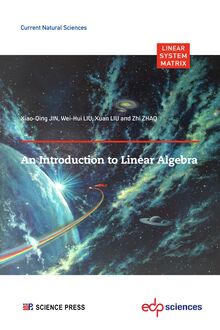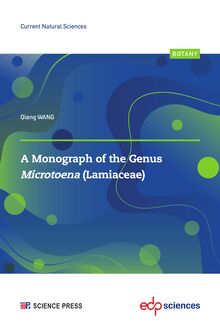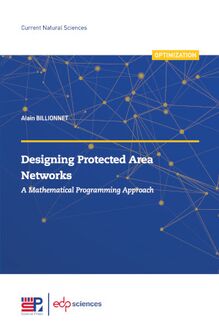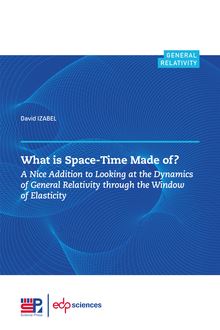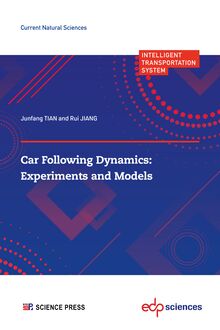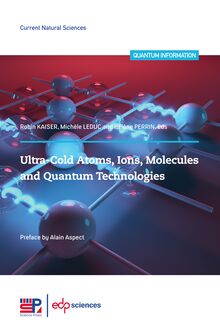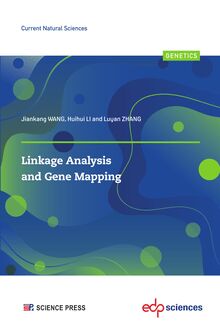Planets and life , livre ebook
166
pages
English
Ebooks
2021
Obtenez un accès à la bibliothèque pour le consulter en ligne En savoir plus
Découvre YouScribe en t'inscrivant gratuitement
Découvre YouScribe en t'inscrivant gratuitement
166
pages
English
Ebooks
2021
Obtenez un accès à la bibliothèque pour le consulter en ligne En savoir plus
Publié par
Date de parution
20 mai 2021
Nombre de lectures
2
EAN13
9782759825707
Langue
English
Poids de l'ouvrage
18 Mo
The Earth is the only planet in the Solar System where liquid water is present on the surface, a condition that seems necessary for the development of life. Its sisters Venus and Mars are extremely different. Why did these three planets, born under fairly comparable conditions, evolve to the conditions we observe today? Understanding the physical or chemical factors that are at the origin of such divergent evolutions is a first step in an approach to the problem of the origin of life on Earth.
Publié par
Date de parution
20 mai 2021
Nombre de lectures
2
EAN13
9782759825707
Langue
English
Poids de l'ouvrage
18 Mo

